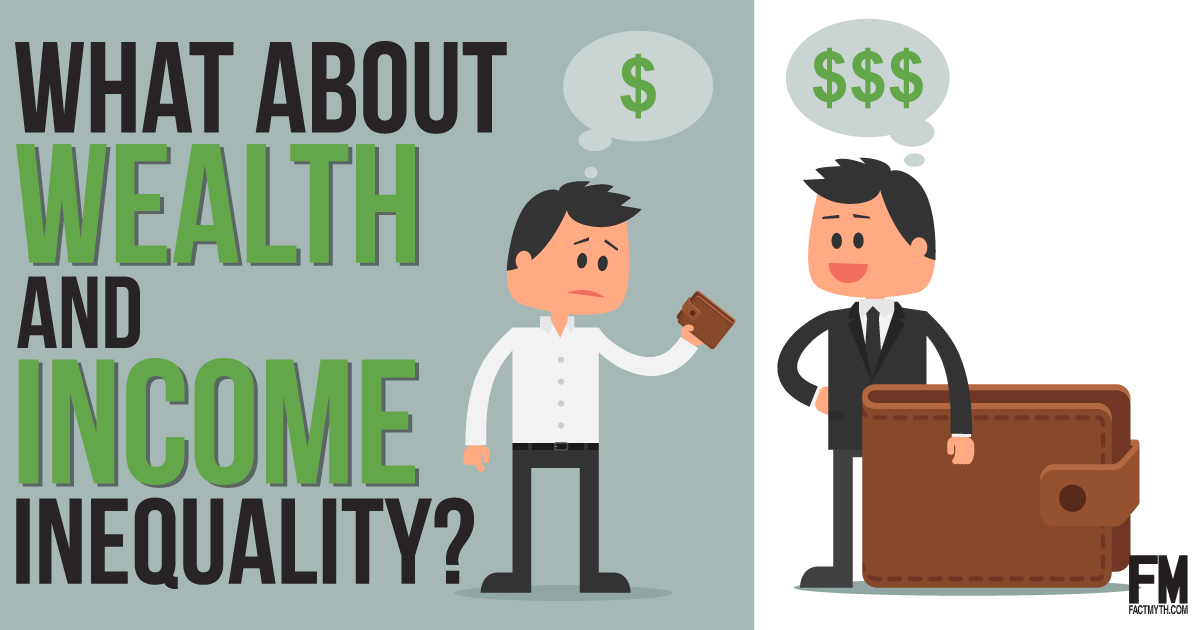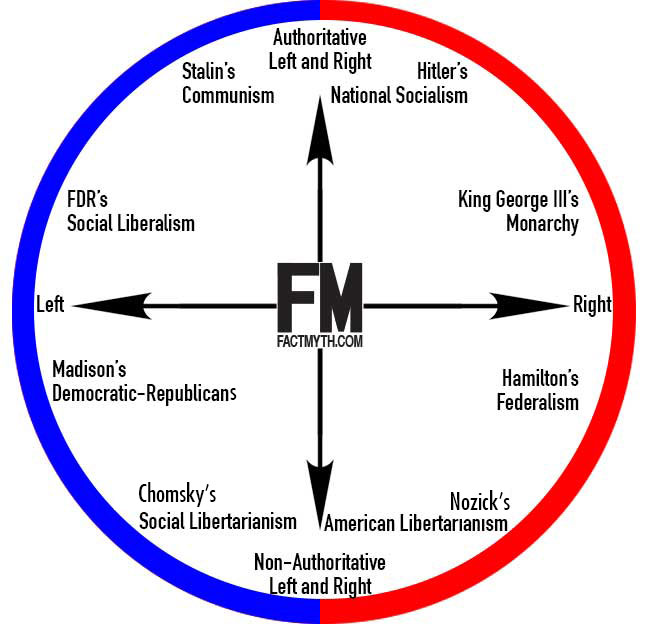What Does “Politically Correct” Mean?

Political Correctness (politically correct or PC), describes how much tolerance, sensitivity, censorship, and freedom of expression “is correct” in a given setting.
Liberalism is the ideology of liberty and equality, conservatism is the ideology of authority, hierarchy, tradition, and order.
Liberalism is a political philosophy based on the principles of liberty and equality that grew out of the Age of Enlightenment.
If you don’t want the King or Church taking your life, liberty, and property, if instead you believe you have “the right” of “consent”… you might be a liberal.
Likewise, conservatism is the opposition philosophy of liberalism. It is the check that balances liberalism.
both liberalism and conservatism come in classical and social forms and speak to issues of state, social issues, and economics. In terms of economics there are also classical and social forms of liberal and conservative economics.
There are a number of different forms of liberalism and conservatism which each denote differing ideologies, but they generally all share core principles (like all liberal ideologies share basic liberal and left-wing planks and all conservative ideologies generally share basic conservative and right-wing planks).
With the above said:

Political Correctness (politically correct or PC), describes how much tolerance, sensitivity, censorship, and freedom of expression “is correct” in a given setting.

We explain economic inequality from a historical perspective, and then consider the effects of wealth inequality and income inequality in America today.

The left-right political spectrum is used to create a model that shows a spectrum of political positions. Traditionally there is a 2-axis spectrum of left and right, but there are also many widely adopted 4-axis model.